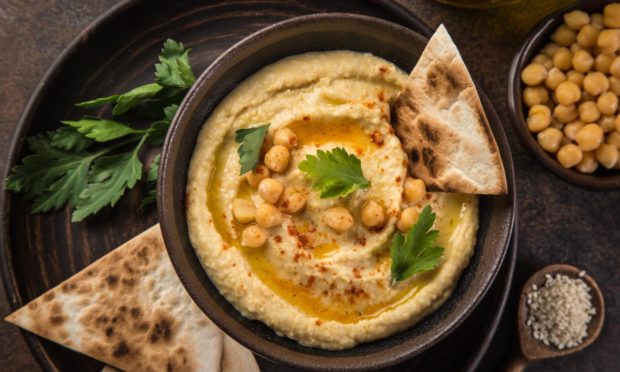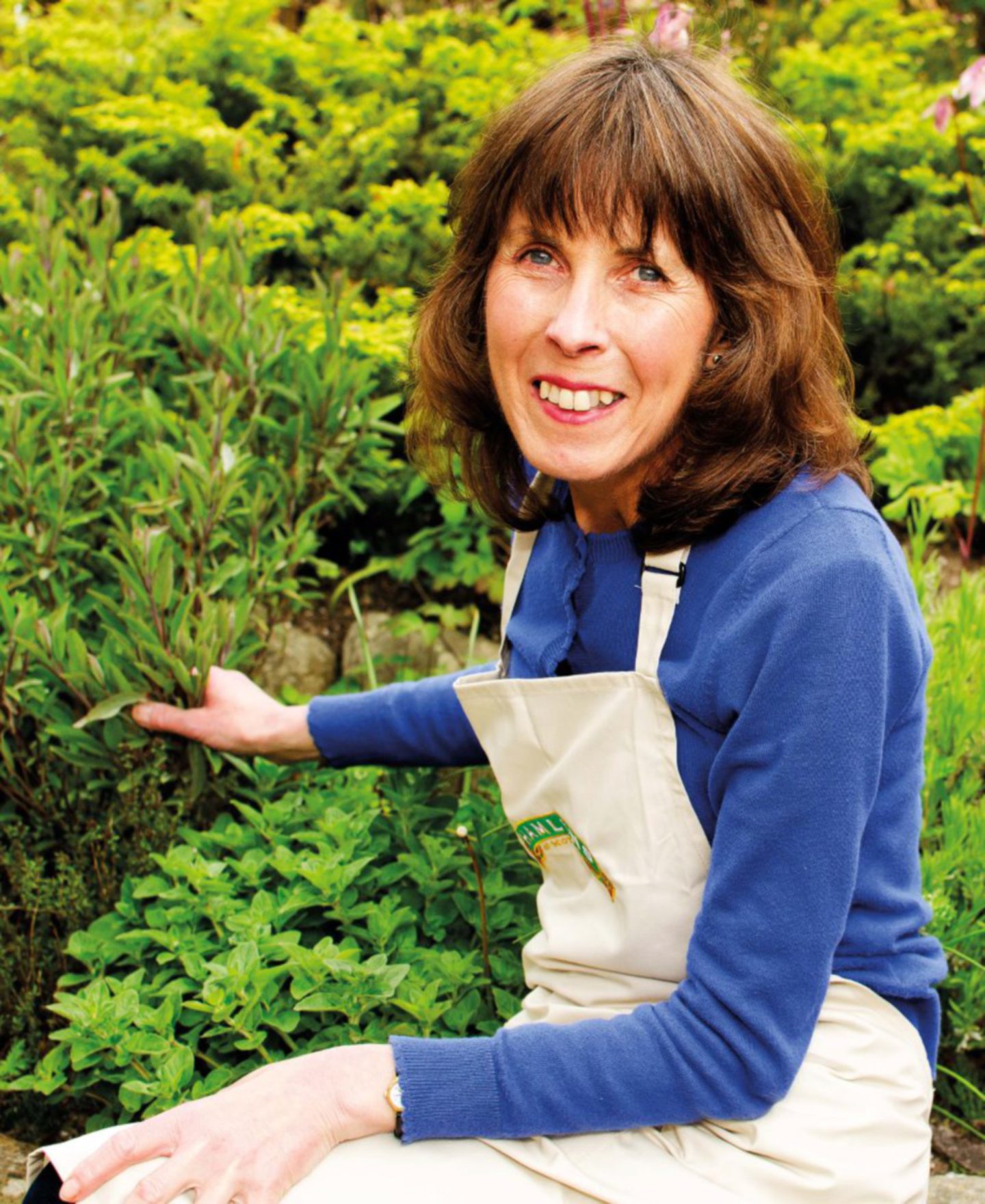Liz Ashworth picks out some tasty dishes from ye olde recipe book that children will love.
In medieval times table manners were very different. People either ate with their hands (how messy) or brought their knife and spoon with them when invited out to eat. In villages and towns there was often a communal cook shop which made food for sale, and you could, for a small fee, bring your own food to cook in the ovens there.
It was quite normal to see people walking through the streets carrying baskets of steaming hot food to their homes. Cooks used lots of strong flavours like herbs and spices to disguise the taste of dubious (out of date) ingredients such as meat or fish, but this was long before the invention of fridges, hygienically wrapped food or sell by dates.
However, because of this, we have inherited some tasty spice mixes with names like “powder fort”, “pokerounce” and “gode powder”, which have been handed down by medieval cooks. Those spices would have arrived in Britain travelling thousands of miles by sea or by land over that romantic route referred to as the “silk road”.
Another gift from the medieval kitchen is that of those golden pieces of candied peel – the seasonal ingredient in mincemeat and Christmas cake.
For speed, food was sometimes piled on a thick slice of “trencher bread” and you ate everything, so there was no washing up. Meals were served on wooden boards and in deep bowls with plenty crusty bread to mop the juices. Take a step back in time and make your own medieval feast but, best to use cutlery because hands can be a bit of a challenge!
Ancient hummus
Makes 1 large bowl
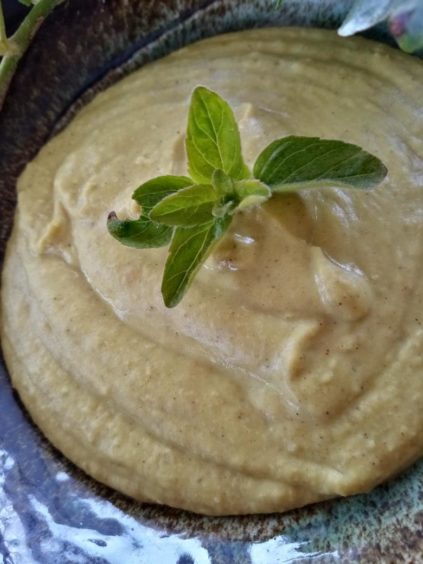
Ingredients
- 2 cloves fresh garlic – peeled and crushed
- 1 tbsp oil
- 1 level tsp turmeric (instead of saffron, which today is very expensive)
- 1 large tin of chickpeas – drained – keep the juices
- Sea salt to season to taste
- 2 tsp powder fort (see below)
For the powder fort spice:
- 1/2 tsp ground cloves
- ¼ teaspoon ground mace (optional)
- 1 tsp each ground ginger, ground cinnamon and ground black pepper
Directions
- Heat the oil in a large pan, add garlic and spices, stir cook over a low heat for two minutes.
- Add the chickpeas and cook again over a low heat stirring all the time to heat through. Process using sufficient chickpea liquid to make a creamy dippy texture.
- Season to taste with sea salt and serve with bread.
Potage of gode spiced fish
(Serves 4)
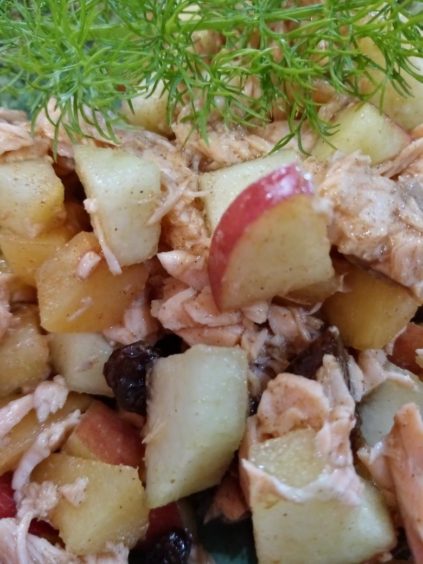
Ingredients
For the potage:
- 225g cooked or hot roast salmon, flaked
- 15g raisins
- 4 dates, chopped
- 2 plums, stoned and chopped
- 1 red eating apple, cored and chopped
- 1 pear, peeled, cored and chopped
- 75ml apple juice
- 15g soft brown sugar
- 1 tsp gode spice mix (see recipe below)
- Sea salt
For the gode spice mix:
- 1/4 tsp ground nutmeg
- 1/4 tsp ground ginger
- 1 tsp ground cinnamon
Directions
- Mix all the ingredients together in a deep bowl season to taste with a little sea salt adding more spice mix if needed. Serve chilled as a salad.
Hot carrot, parsnip and apple fritter cakes
(Makes 10-12 cakes)
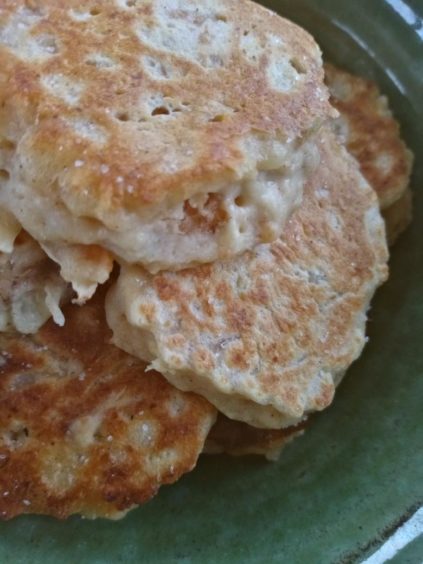
Ingredients
- 1 large parsnip, peeled and chopped
- 1 large carrot, peeled and chopped
- 1 cooking apple, peeled, cored and chopped
- 140g self raising flour
- 1 tsp baking powder
- 2 tsp pokerounce spice (see below)
- 1 large egg
- Sea salt
- Vegetable oil
For the pokerounce spice:
- 1 tsp cinnamon
- 1 tsp ground ginger
- 1 tsp black pepper
Directions
- Cook the first three ingredients till soft in boiling salted water, drain, mash and cool in a bowl.
- Sift in the flour, baking powder and spice along with the egg to make a dropping batter. Heat oil in a frying pan on medium heat and drop spoons of the batter into the pan to cook for two or three minutes on each side till golden.
- Serve hot sprinkled with sea salt.
A grand meat pye
(Serves 4)
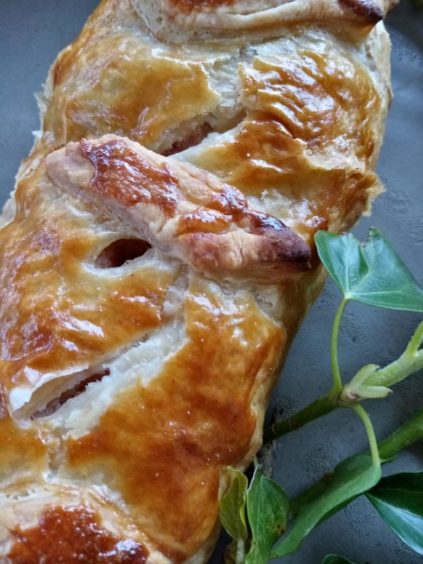
Ingredients
- 225g minced beef, turkey or chicken
- 50g breadcrumbs
- 1 tsp pokerounce spice
- 1 level tsp salt
- 140g ready made puff pastry
- Beaten egg to glaze
Directions
- Preheat oven to 200C Fan/220C/425F/Gas Mark 7. Oil a baking tray. Mix the meat, crumbs and seasonings together and shape into a fat sausage shape.
- Roll the pastry into a rectangle wide enough to wrap the meat sausage. Lift the sausage onto the pastry at one side allowing enough pastry to wrap over the meat.
- Dampen the pastry with water then wrap the meat in the pastry and seal the edges.
- Lift onto the tray, slash the top diagonally three times with a sharp knife. Glaze with beaten egg and bake for 25 to 30 minutes in the middle of the oven till golden. Serve cut into thick slices hot or cold.
For more in this series…
Kids’ Kitchen: Baking up a chocolate delight with a surprise ingredient
